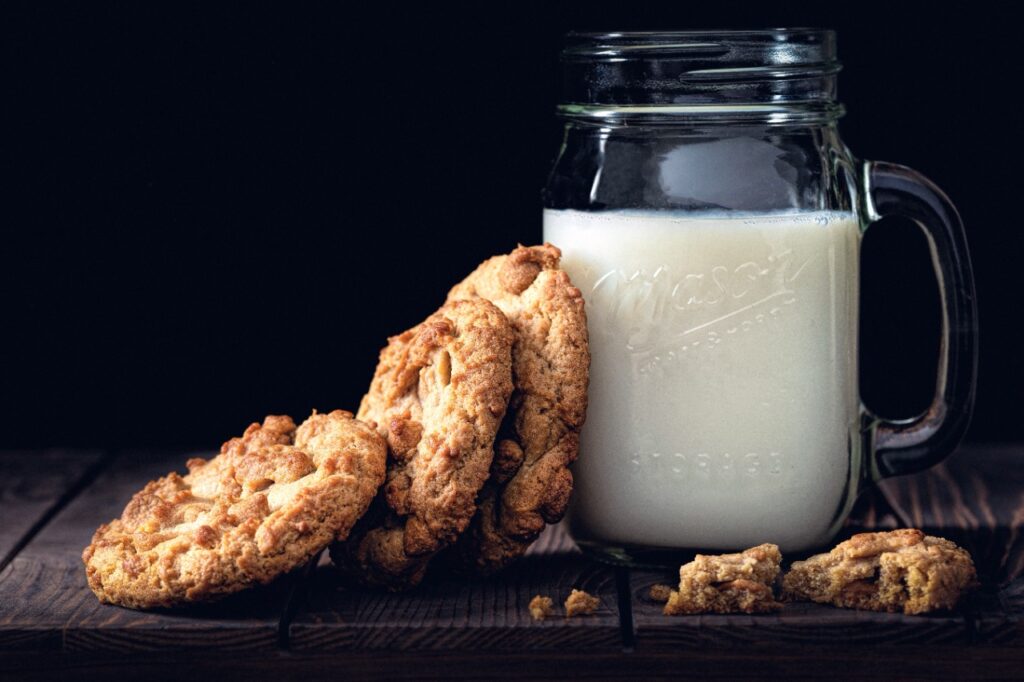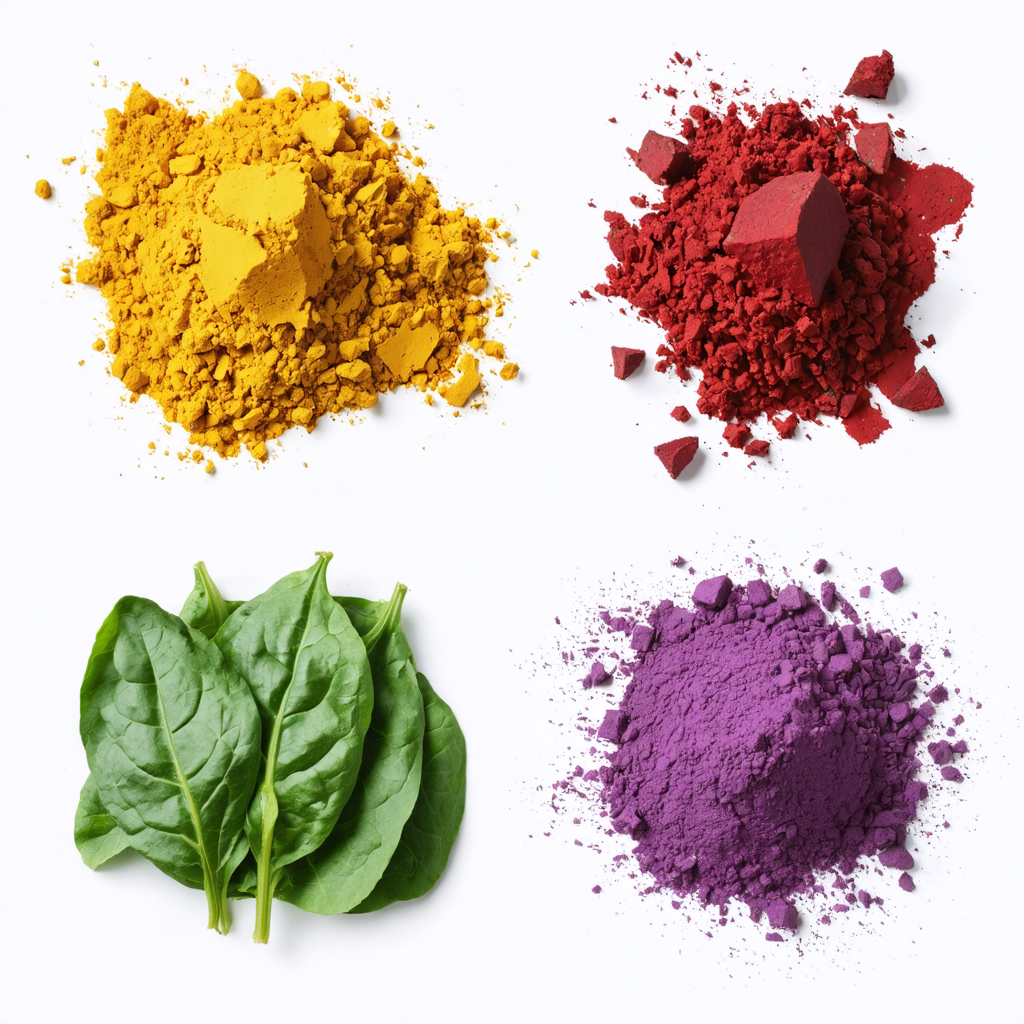Because the products are frequently chilled or frozen and kept out of direct sunlight, a wide range of natural dairy colours can be apply. pH, heat from pasteurization, and added flavours are the key stability factors when choosing a natural colour in dairy.
phycocyanin, turmeric, beta-carotene, annatto, and beet all function well at a neutral pH and provide a range of colour options from yellow to orange and pink to red.
When using anthocyanins, please be careful. Anthocyanins will transform from red to purple as the pH of a substance becomes neutral, and they may diminish with time.
Table of Contents
ToggleBeta-carotene
Carotene increased milk protein content from 2.90 to 2.96 percent while lowering the proportion of primiparous cows having a milk fat-to-protein ratio of >1.5 from 22.6 to 6.4 percent.
Beta carotene is a pigment that gives vegetables & dairy products their bright yellow, orange, and red hues.
Beta Carotene is converted to vitamin A in the body (retinol). Vitamin A, also known as the “vitamin of eyesight,” is essential for cell growth and the health of organs such as the heart, lungs, and kidneys.
Phycocyanin
Phycocyanin is the most well-known microalgae for improving fermented milk products.
The incorporation of phycocyanin into probiotic fermented goods, as well as improving probiotic bacteria survival, which increases their functional qualities. Due to their key nutrient quality, is consider “functional food.”
This topic focuses on the use of microalgae, particularly phycocyanin, in fermented milk to boost probiotic viability and acidification properties.
Annatto
It is a yellow/orange food colouring that is commonly use in the dairy sector.
Annatto, which is made up of the carotenoids bixin and norbixin, is often used in the production of orange cheeses like Cheddar in order to maintain a consistent hue throughout the year. Its a form of food colouring derived from achiote tree seeds (Bixa orellana).
Carmine
Water-Soluble Carmine are also use in dairy products that require pink or red colouring, such as ice cream and yoghurt. Liquid Carmine can be use in a variety of dairy and beverage products, including juices, energy drinks, and alcoholic beverages.
Carminic acid can also be use in dairy and beverage goods. Carmine is use in everything from yoghurts and ice creams to fruit pies, soft beverages, cupcakes, and doughnuts around the world. It’s also widely utilise in the cosmetics sector, and many lipsticks contain it.
Vegetable carbon black
It has excellent heat and light stability and works well with other natural colors for custom blends or to adjust color shade. It is great for confectionery, bakery, and ice cream applications.
Turmeric
Turmeric comes in a variety of colours, ranging from bright yellow to deep orange, and is commonly use as a food colouring. Consider the bright colours of yellow mustard, golden butter, and orange cheese, which all contain turmeric.
To learn more about natural color click here.
Explore our products right now click Santa products.




